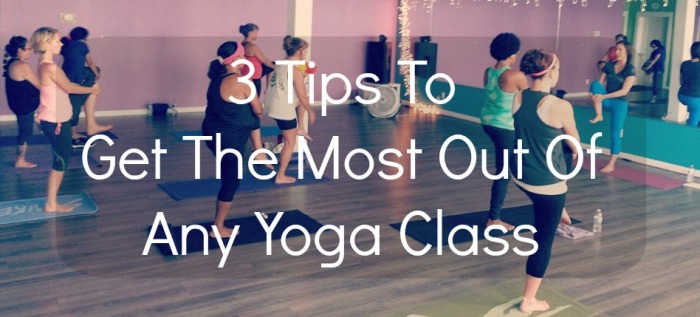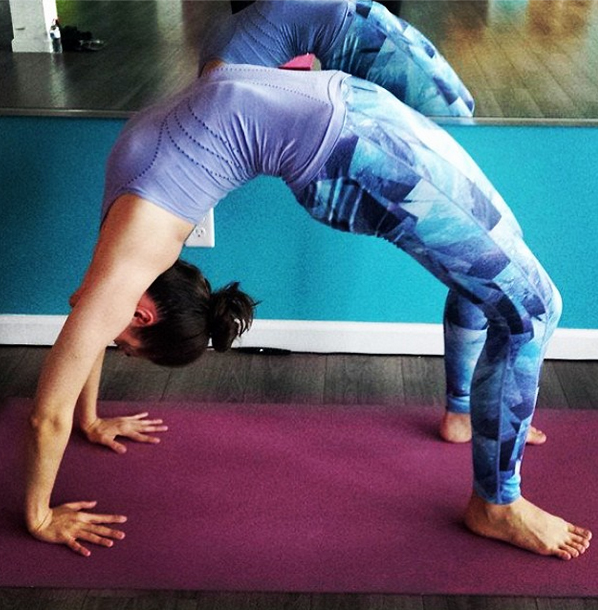When I began teaching yoga, I started with Hatha, which is the style of yoga that I prefer to teach. After I started to gain more students, many of them requested that I teach a Vinyasa flow class as well in order to get “more of a workout” along with the current class that I was teaching. So, that’s what I did. The studio owner added “Yoga Flow” classes to the schedule while also keeping my regularly scheduled yoga classes.
I want to make my students happy, and since I have the ability to teach flow-style classes, I was happy to provide that for the people who enjoy it. But I feel that the reason my students wanted a more intense style class was that they were unaware of exactly how to get the most out of their classes. With an exception of restorative yoga, I feel that one can achieve any level of intensity they wish from any style of yoga class they are taking. The following three tips will allow you to gain the most out of any yoga class you take regardless of the style, pace, teacher, or temperature.
1. Coordinate movement and breath.
This is not something that comes naturally to most of us as we are used to our breath being on auto-pilot. But tuning into your breath really does help you to achieve the most benefit out of the postures. Focusing on breath coordination not only reminds you to breathe during the poses where one may hold their breath naturally in order to “get through it,” but it also helps to send more oxygen to your working muscles when they need it the most. Deep and methodic breathing is something that everyone should incorporate into every single yoga class they take.
2. Activate your muscles.
When we settle into a pose, getting ready to hold it for however long the teacher requires us to, it’s easy to let our minds wander and forget about keeping our muscles engaged. For instance, in warrior II or high lunge, I often see in my students (and in myself), the bent knees slowly coming out of that 90 degree angle towards being a little straighter. It is definitely an easier place to hold these poses because the quadriceps don’t have to work as hard when the leg is straight, and our body often does this automatically in order to create less stress for itself. Therefore, if we remember to keep our muscles activated and keep the energy flowing through our entire body, we will truly feel the intensity that each posture has to offer.
3. Be in the present moment.
It is so important to maintain presence throughout every yoga class. Especially in slower-paced classes, it is so common for our minds to drift to what happened earlier in the day or what we’re going to have for dinner. Once we are in the posture, our body tells our mind, “I got this. We’re going to be here a while so, you’re free to do what you please,” and our mind goes, “OK, thanks!” Getting the most out of each yoga posture requires us to completely focus on the task at hand. A large part of practicing yoga is mindfulness, and we can no longer be mindful if our mind is somewhere else.
Related: Taking Yoga Off the Mat
10 Ways to Get Motivated to Workout
__
Photo: Christina D’Arrigo






